Boys and girls from the most Euskaldunes also consume audiovisual in Spanish, by far
- The UEMA appeared in the Basque Parliament to present a study on youth audiovisual consumption. In the study, the community of Basque municipalities has analyzed the consumption of television, social networks, streaming platforms, music and video games, and concluded that the Basque country is well below the Spanish language. The study is based on a survey completed by 11,571 young people from the 94 municipalities members of UEMA. The following is an explanation of the association on its website.

Iraitz Lazkano, president of UEMA and Garikoitz Goikoetxea responsible for the study presented the data in the Committee on Culture, Euskera and Sports. Lazkano highlights the severity of the diagnosis: “With this work we have sought to bring to the data the sensations and concerns of the last years and a tense situation has emerged. The audiovisual sector is strategic, so from the point of view of language policy it is essential to take firm decisions in this area”.
Lazkano explains to parliamentarians the nature and functions of the Commonwealth. It recalls, among other things, that the UEMA has the function of an observatory for Basque municipalities and that in-depth research has been carried out in collaboration with educational centres and municipalities. “In many schools and towns we have perceived great concern about the influence of audiovisual consumption on the linguistic habits of young people. This has been the first step towards channelling it, analysing reality. The second task is to take measures in light of the diagnosis”.
Conclusions: mastery of Spanish
UEMA technician Garikoitz Goikoetxea, responsible for the investigation, has presented the details of the work done in Parliament. As already mentioned, UEMA has received 11,571 surveys from students from FP4 to 2nd Baccalaureate, in which the research has been completed with answers to the questions raised. Specifically, the consumption of young people on television, streaming platforms, social networks, music and video games has been analyzed, predominantly in Spanish.
For example, of the recent series or cartoons that young people have seen, only 10.6% have seen it in Basque, a percentage that decreases as age increases: only 3.1% of high school students have seen series or cartoons in Basque. In Primary Education, the Clan cartoon chain (42.9%) exceeds ETB3 (22.1%).
The UEMA Report details the results and graphs of the study.

Need for change in eight points
As a conclusion to the study, UEMA has submitted to Parliament the following considerations:
Big changes. The audiovisual landscape has changed a great deal in a short period of time, which requires us to broaden our gaze and make it more complex. And we have to move, this is changing at full speed, and we have to address the issue. It's urgent.
Fiction. Young people are looking for fiction and we need a stronger wager. Results come when strong wagers are made: The example is the Goazen series, which manages to reach even the kids who don't do it at home. We need more. In this analysis, consumption is analyzed and consumption is used to refer to the alleged lack of adherence of Basques. But let us also talk about the offer.
RTVE. When we talk about audiovisuals, EITB comes to mind, and of course EITB has a great responsibility on this issue. However, in the light of the data, we should put on the table RTVE’s responsibility that thousands of young people from our municipalities come to RTVE daily to watch cartoons and the Basque country has no presence in RTVE.
Platforms. In recent months we have seen some steps on the platforms, but they are still very weak: they must be stepped up and deepened and regulated so that everything is not left to their will. And it is essential to make the steps known: How many of our kids know that Netflix already had Basque content?
References. Social networks show the lack of referents in Euskera and the lack of visibility of those who are already working on the networks. This affects not only consumption, but also the activity of young people: although the daily language is the Basque language, in social networks there is a tendency to Spanish, among other things because they consider social networks as spaces in Spanish.
Creators. We need references, therefore, in the audiovisual, in the social networks and in the cultural sphere in general. We need a commitment to the Basque creators, not only in the audio-visual, but also in the audiovisual. We have a big vacuum. The supply has increased considerably, and in the middle of that sea the Basque Country appears to a lesser extent.
Language policies. In language policy, we need to address this issue more firmly than we have before: the pandemic has shown us to what extent audio-visual media influence the competence and language habits of our adolescents, and in various areas there are setbacks in the use of young people. It is not the only factor, but its influence on younger age groups is very noticeable. That's what they say from schools.
Focus. We therefore have a question to answer: as a linguistic community, as a people, what is our model and our commitment in the audiovisual field? That is, what is our intention for television, online platforms, cinema, social networks…
Nafarroa Beherean, Aiherrako 'Beltzegitea' etxean kokatuko da Eguzkilore haurtzain-etxe berria. Euskara, natura eta motrizitate librea oinarri harturik, heldu den apirilean hasiko dira zerbitzua eskaintzen.








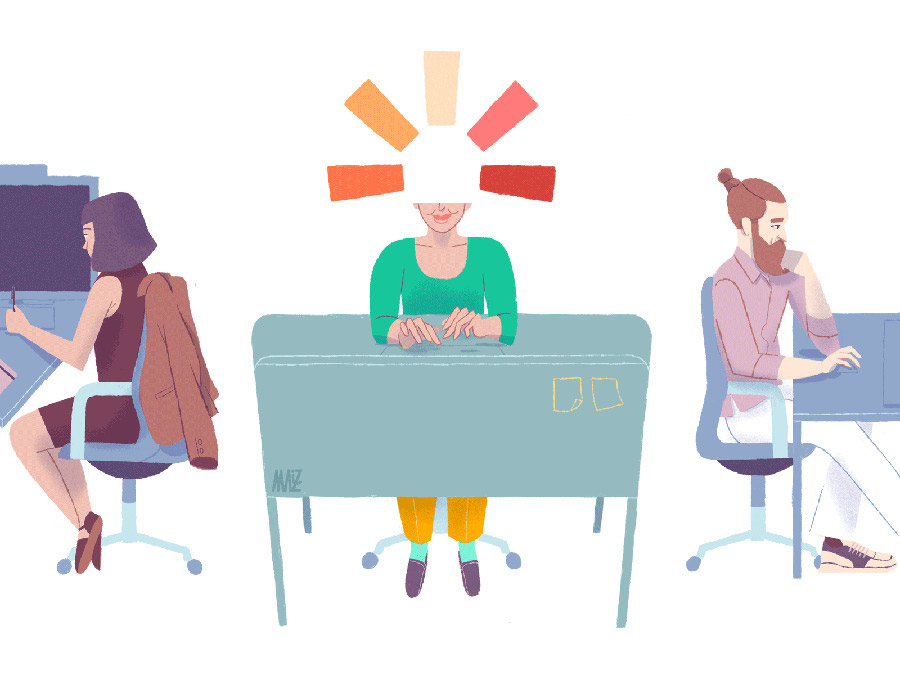
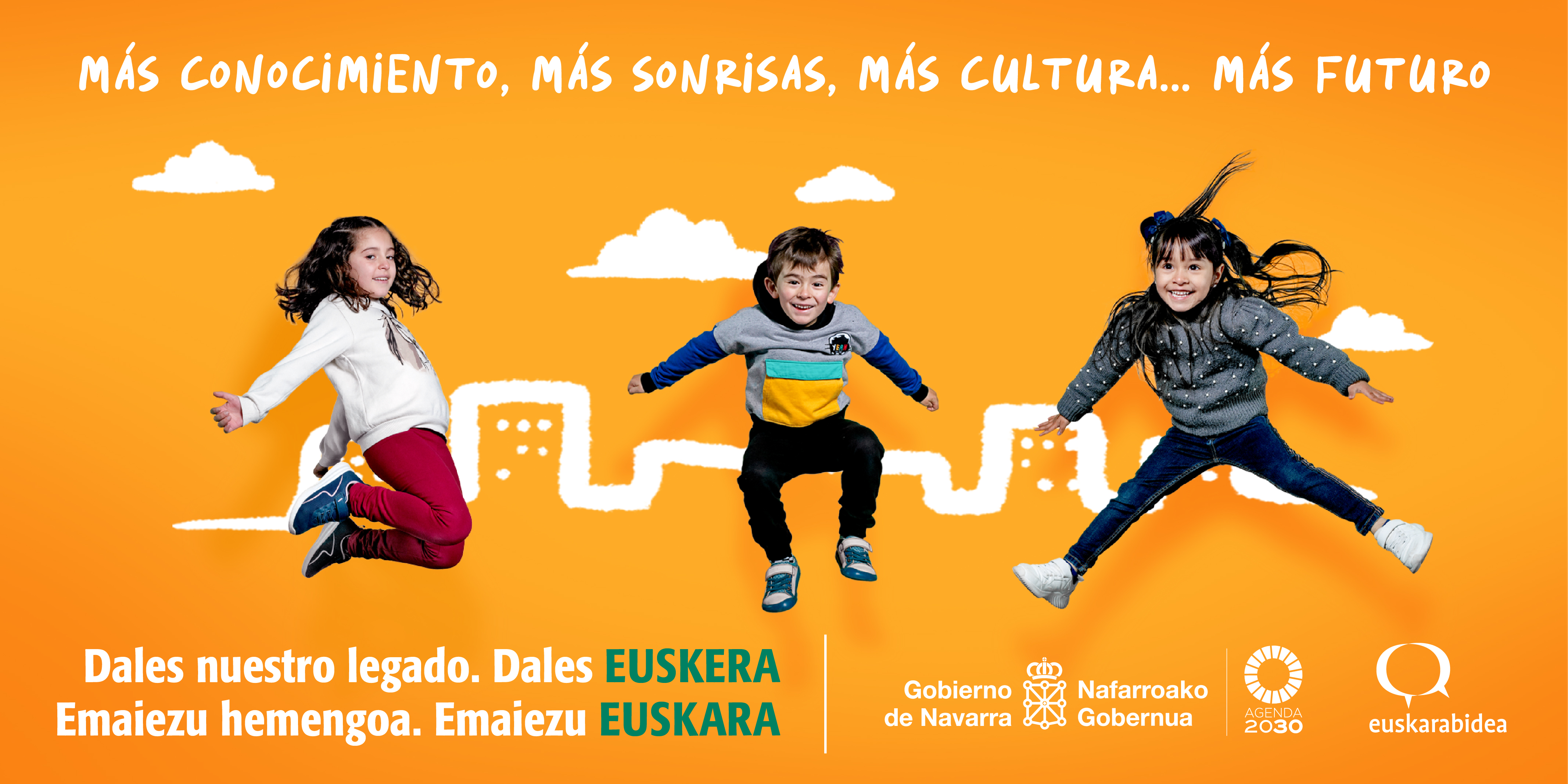
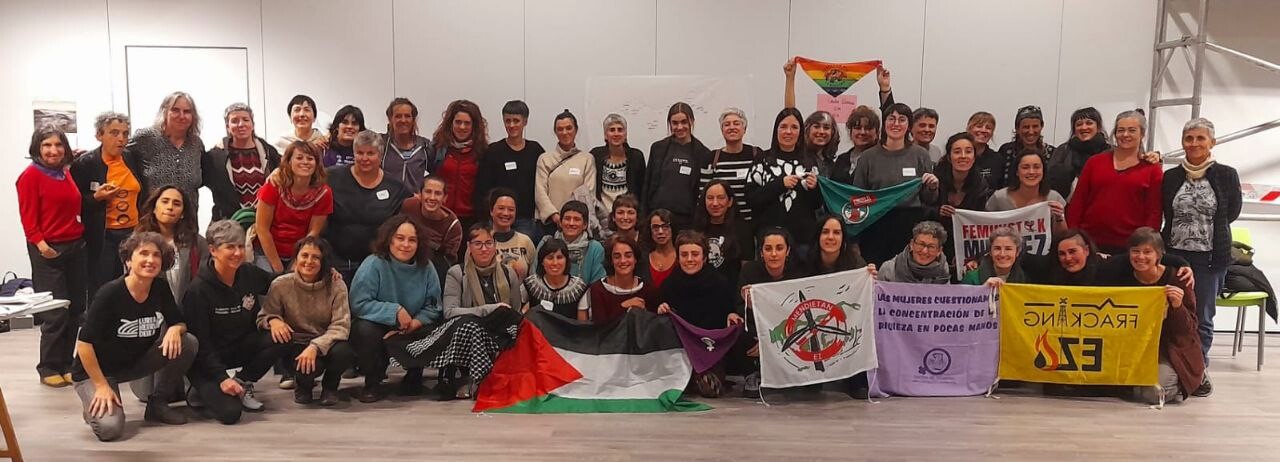
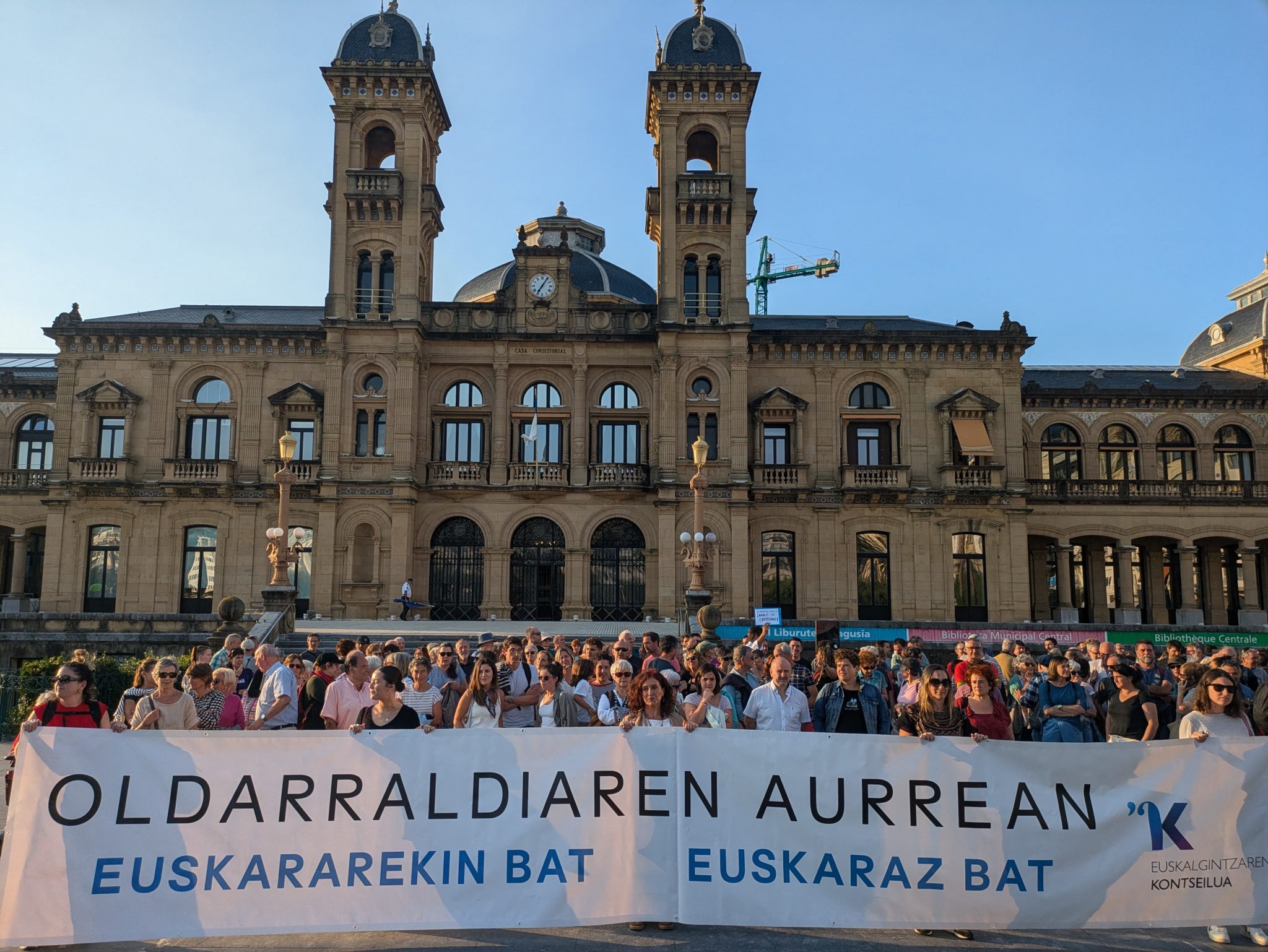
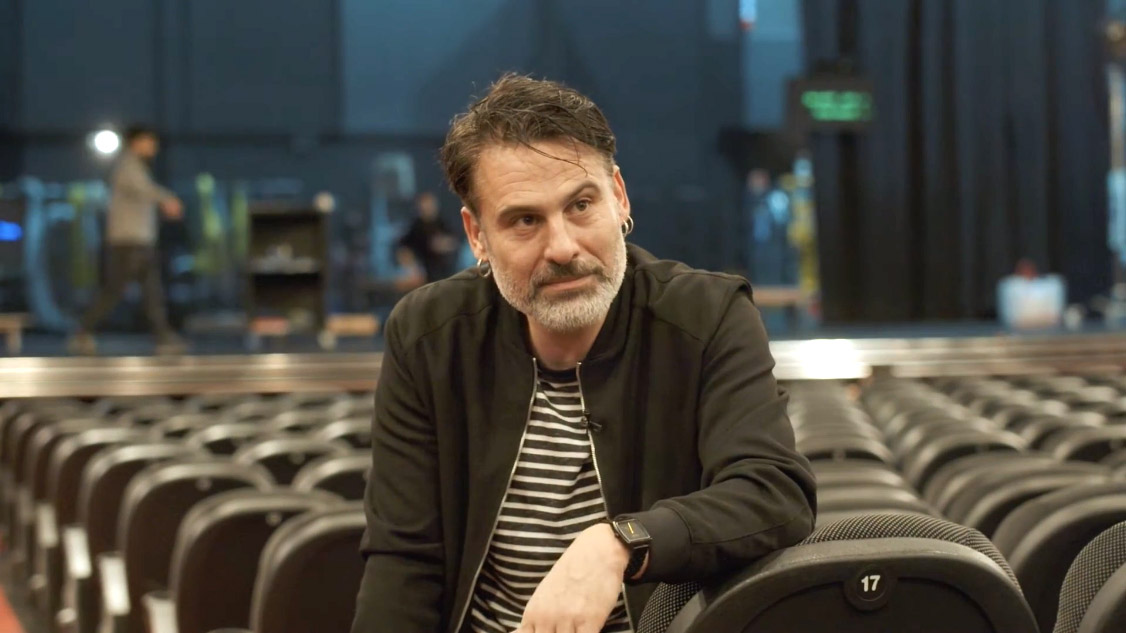

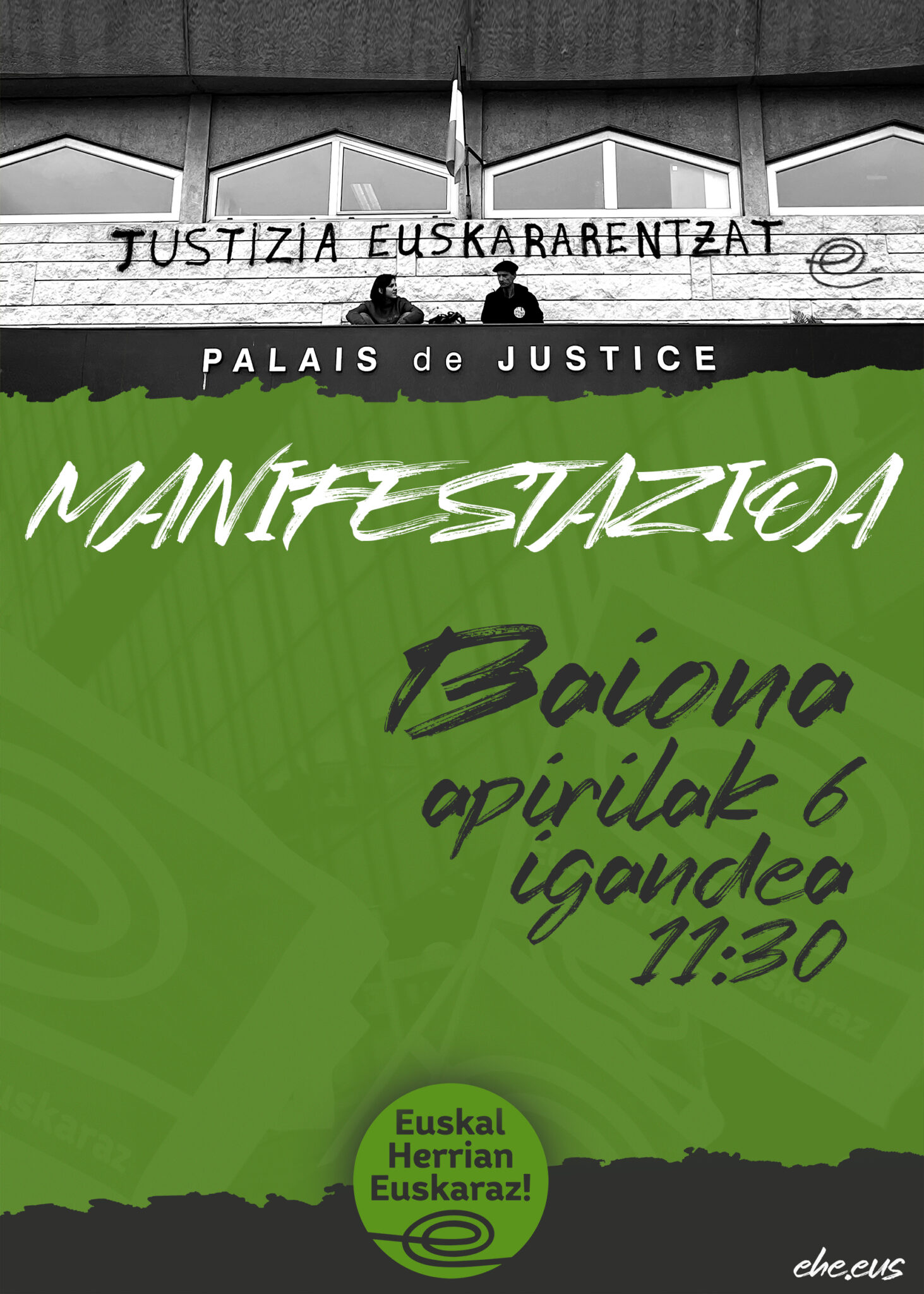

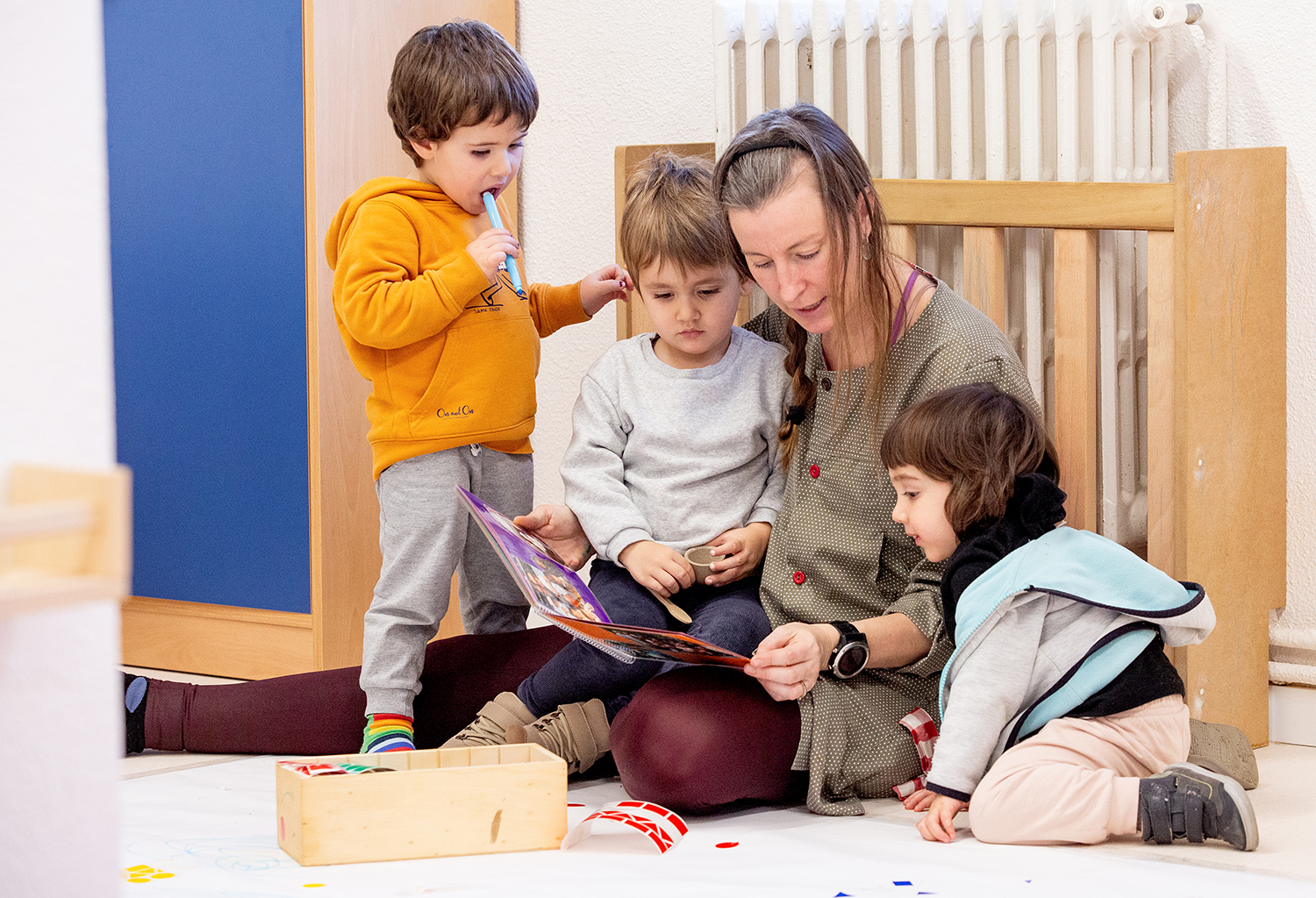




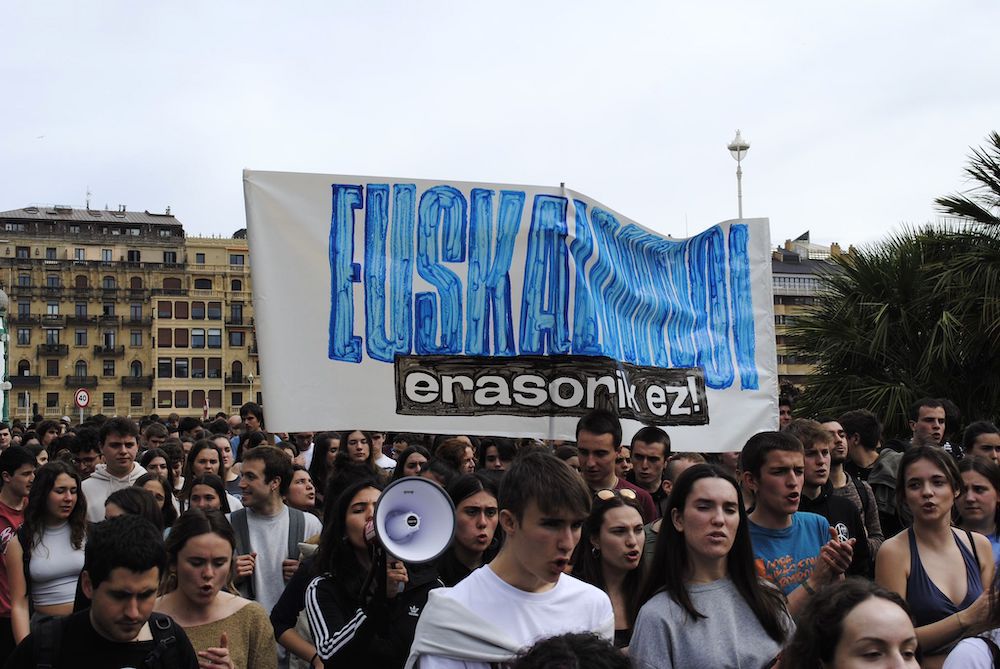
.jpg)